Birds have always captured the attention of both adults and children, but the Common Iora stands out because of its striking green and yellow plumage. With its alluring appearance, the Common Iora has the ability to captivate its audience. It can often be spotted perched on tree branches, singing sweetly in the early morning hours.
It’s hard not to take notice of this bird with all of its amazing features. Common Ioras are quite talkative and can produce a wide range of sounds. Their most commonly heard whistle is a “twice tuiii twiiii,” but they also make a variety of “chirrs” and chattering noises.
During courting displays, male Common Ioras perform stunning acrobatic maneuvers. They leap into the air, fluffing their rump and long white flank feathers, spiraling down to their perch with their tail feathers fanned out and wings lowered. Throughout these displays, males emit gentle, sorrowful whistles. While they prefer to remain high in the trees, they can also be found on the edges of shrubs and hedges.
Outside of mating season, Common Ioras travel in small groups or pairs, searching for insects in flight and communicating frequently with one another.
Introducing the Common Iora, with its brilliant yellow breast shining brightly against a coat of jet-black and green feathers.
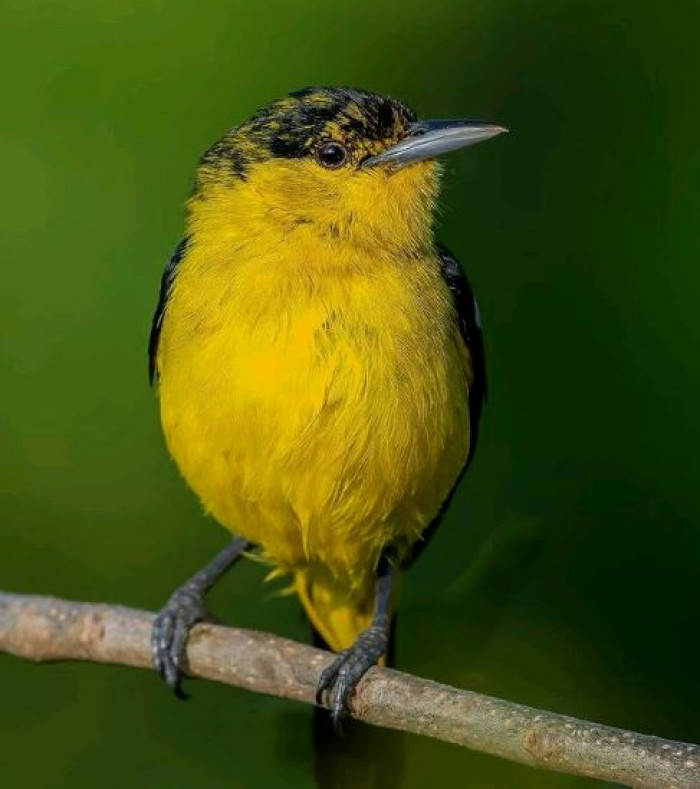
The appearances of females and males are nearly identical, with females appearing slightly more green in color. During the breeding season, male Common Ioras (Aegithina tiphia) have dark green to black upperparts as they strive to look their best. Their wings are black with white wing bars, while their tails are blackish and their rumps are greenish in color.
Males have a bright yellow chest and belly, along with a black crown and a yellow face. Non-breeding males have greenish upperparts that are similar in appearance to those of females.
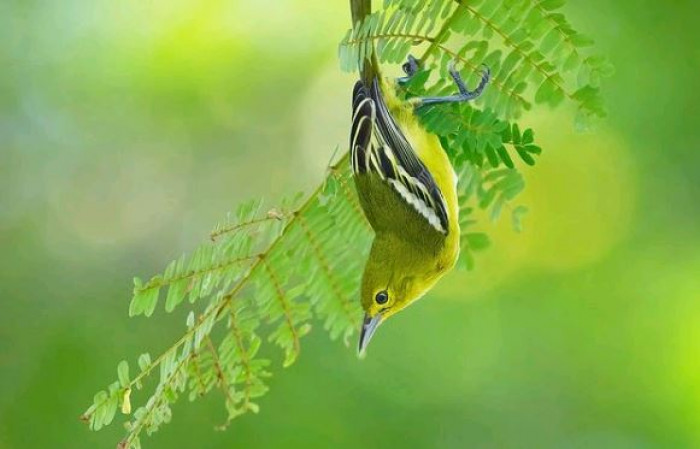
The Common Iora is a tiny bird mainly found on the uppermost branches of a tree
Both sexes have a pointed bill that is blue-grey in coloration. Their eyes are completely black. Both legs and feet have a slate blue-grey coloration.
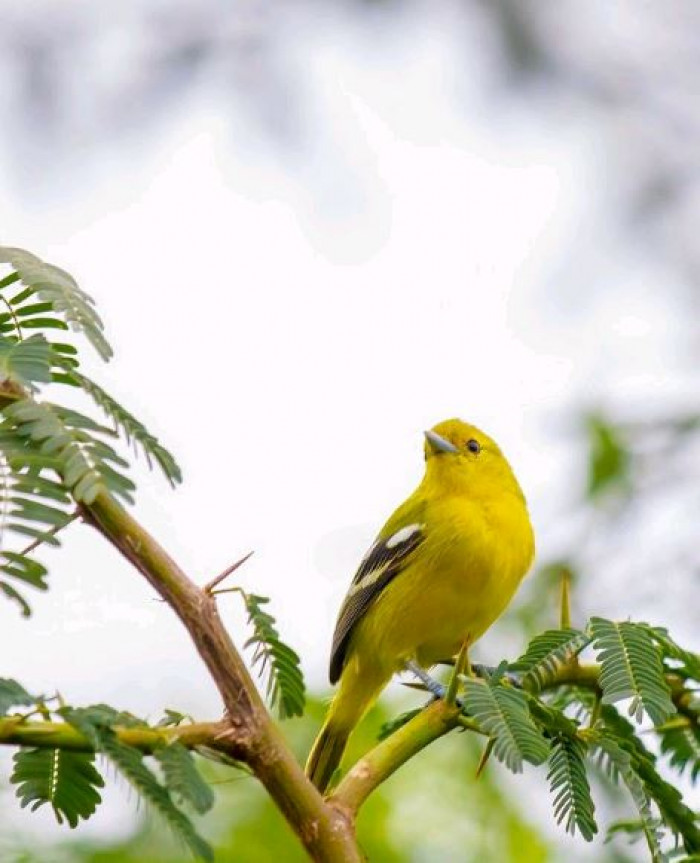
The common Iora may generate a wide range of sounds.
The Common Iora is found only in India, Southwest China, and Southeast Asia.
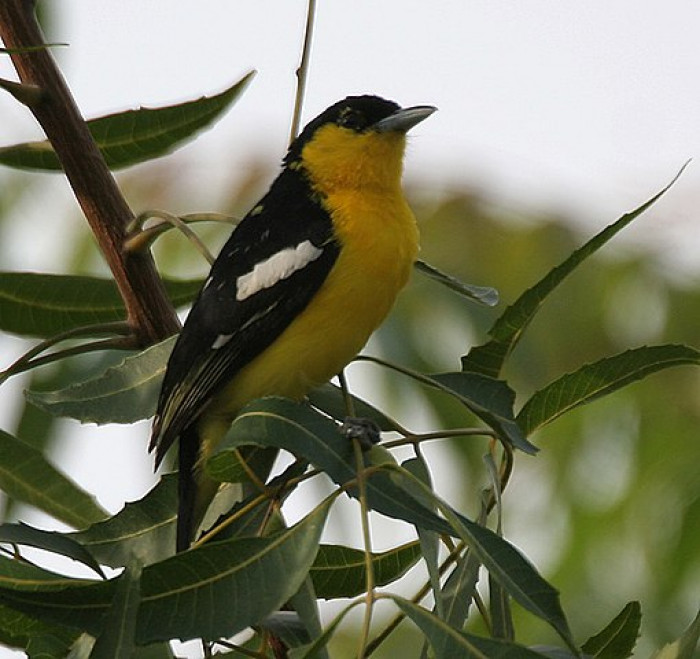
Common Ioras have exceptionally powerful legs, thus they can readily perch for hours on tree branches
Forests and well-wooded regions, scrubs, agricultural areas, and gardens are all good places for these birds to inhabit. They stay away from dense woodlands.
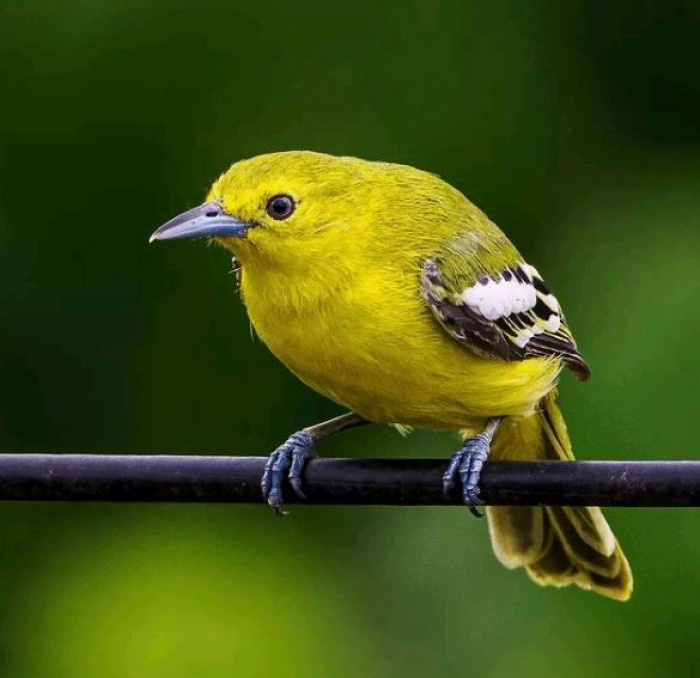
To get food, these birds will typically fly to the outskirts of a forest or forested region.
Grasshoppers, dragonflies, mantises, and caterpillars are common foods for the Common Iora. Insects, spiders, fruit, berries, and nectar are among the other things they will eat.
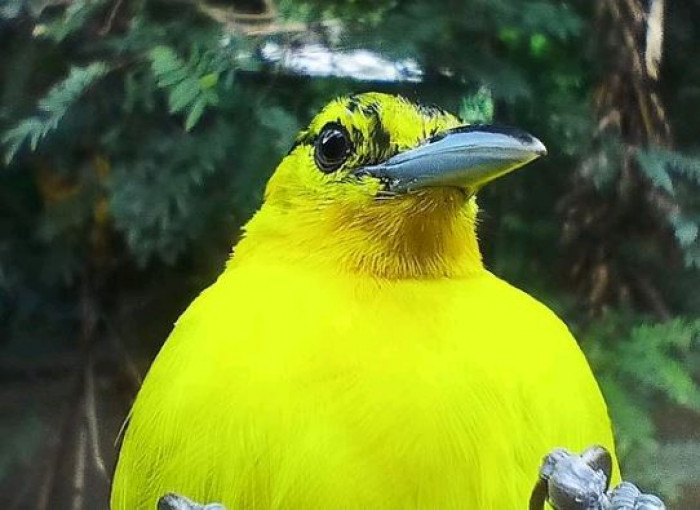
A common Iora feeds its chick
Common Ioras like to build their nests in a fork, at the end of branches, generally in a tiny tree. The nest is made of a loose weave of grass and plant fibres that is reinforced by spider web silk on the outside.
The female produces up to four greenish-white eggs with red spots.
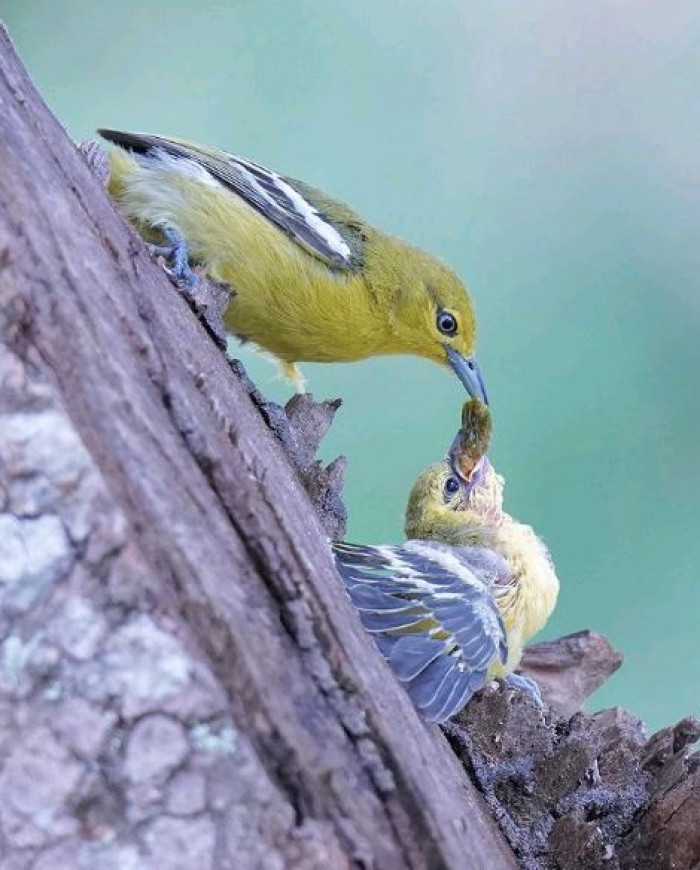
The acrobatic flying displays of the Common Iora include darting up and spiralling down to a perch.
This bird’s range is extending as more orchards and gardens are planted, and it contributes to pest management in fruit orchards.
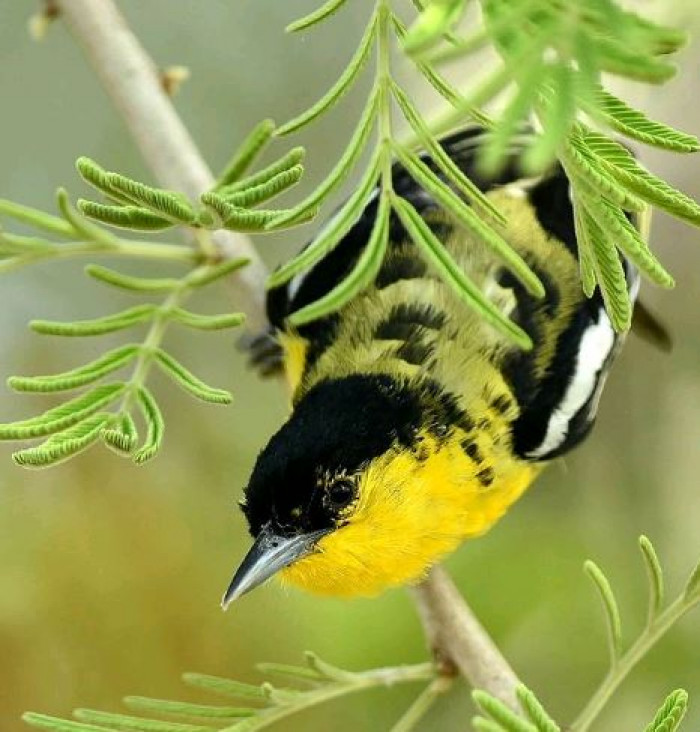
The Common Iora bird is considered one of the most beautiful birds in Southeast Asia, and its unique green and yellow plumage sets it apart from other bird species. Its striking color combination makes it easily distinguishable from other birds, adding to its allure.
Furthermore, the Common Iora is highly active during the day, which makes it a popular tourist attraction in countries such as Malaysia, Thailand, Singapore, and Indonesia.
Source: https://dailysquared.com/








